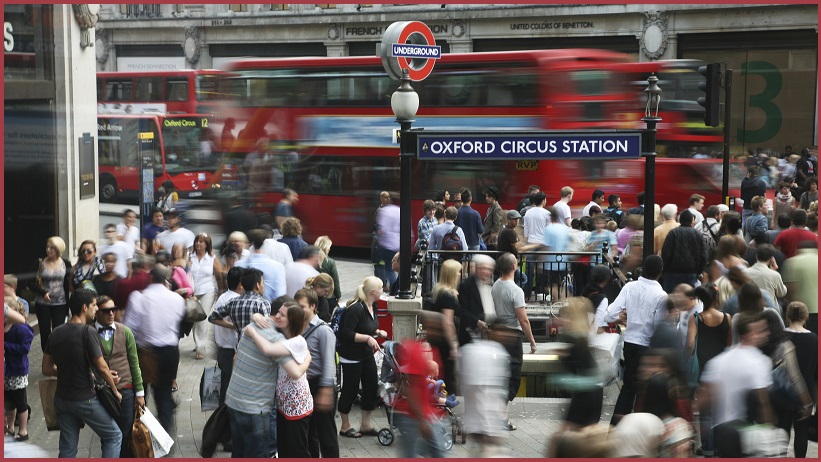The United Kingdom government has given up on plans to develop its own contact tracing app, instead turning to Apple and Google.
Having first announced the contact tracing app earlier this year, the government had been trialling the software on the Isle of Wright.
However, tests showed the app to be incompatible with Apple devices.
“We discovered a technical barrier, that every other country building their own app is also now hitting,” said UK Health Secretary Matt Hancock MP.
“We have found that our app works well on Android devices, but Apple’s software prevents iPhones being used effectively for contact tracing, unless you use Apple’s own technology.”
Hancock explained the government had also been testing the Apple/Google product, although it had encountered problems with measuring distance using the technology.
Despite the issues, Apple, Google and the UK government will now collaborate to develop a functional contact tracing app.
“So, we have agreed to join forces with Google and Apple, to bring the best bits of both systems together,” Hancock said.
The UK government will share its algorithm and the existing work on distance calculation for the combined solution.
The UK joins Germany, Italy and Denmark in switching from a ‘centralised’ approach to a ‘decentralised’ one for the contact tracing app.
There is now growing demand for a contact tracing app in the country, after the government initially promised a May launch.
Hancock refused to set a date on the release of the new app.
With no contact tracing app available, the UK has instead been relying on what Hancock described as “good, old-fashioned human contact tracing”.
Its ‘Test and Trace’ system, which has been live since May, uses 25,000 contact tracing staff to trace around 10,000 contacts per day.
The tracers ask people who have tested positive to COVID-19 to provide details of recent contacts.
Initial data from the Department of Health revealed 33 per cent of COVID-19 patients could not be reached, raising concerns over the effectiveness of the system.
Questions over COVIDSafe
The revelation of the limitations on iPhones will no doubt raise concerns in Australia, where the government is still struggling to get its COVIDSafe app operational.
After the Federal Government linked downloads of the app with the lifting of restrictions, more than one million Australians downloaded COVIDSafe in the first 4.5 hours.
More than six million Australians have now downloaded the app.
Having initially set the goal of a 40 per cent download rate and likening the app to ‘sunscreen’, the government has since abandoned a download goal.
Despite the influx of downloads, the app is yet to identify any otherwise unidentified contacts, as of June 11.
Although this is in part a result of Australia’s low COVID-19 transmission rates, tests of the app have shown issues when it comes to iPhone-to-iPhone tracing.
Data from the Digital Transformation Agency (DTA) shows the app could only achieve an ‘excellent’ logging rate of 80-100 per cent if both iPhones were unlocked and active.
If the two phones were locked, this dropped to less than 25 per cent.
Research from Jim Mussared from George Robotics and Alwen Tiu from the Australian National University released last week also revealed a “silent pairing issue” on Android devices, which could allow an attacker to connect to a user’s phone while it is running COVIDSafe.
The flaw was reported to the DTA last month and was not fixed for a further three weeks.










